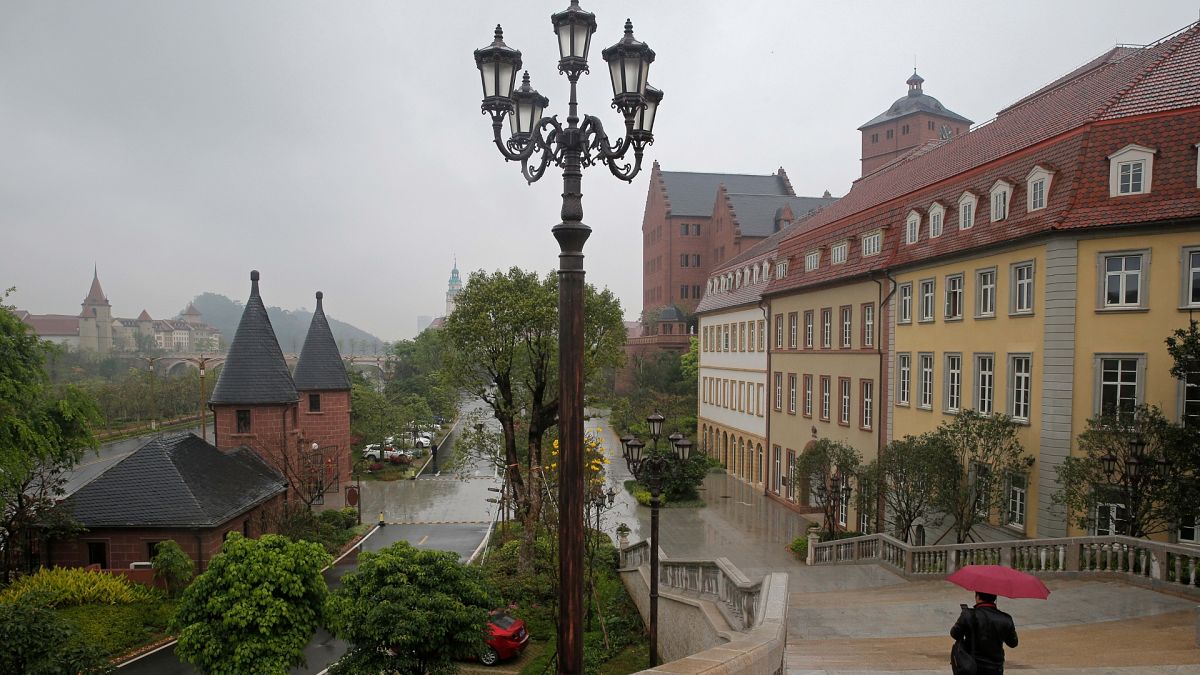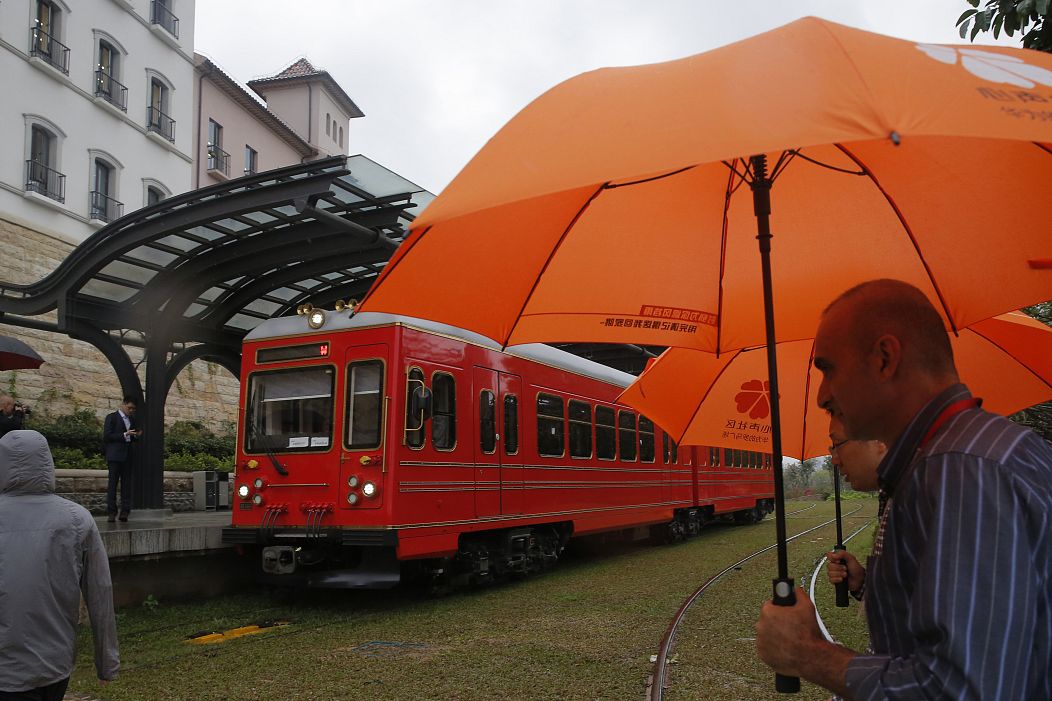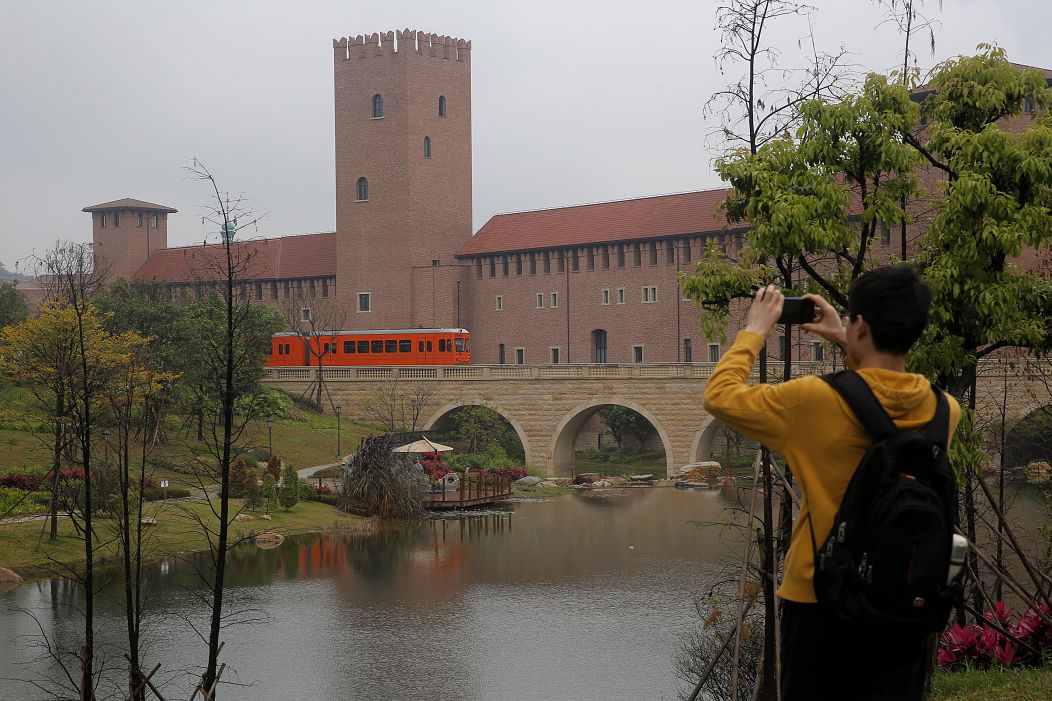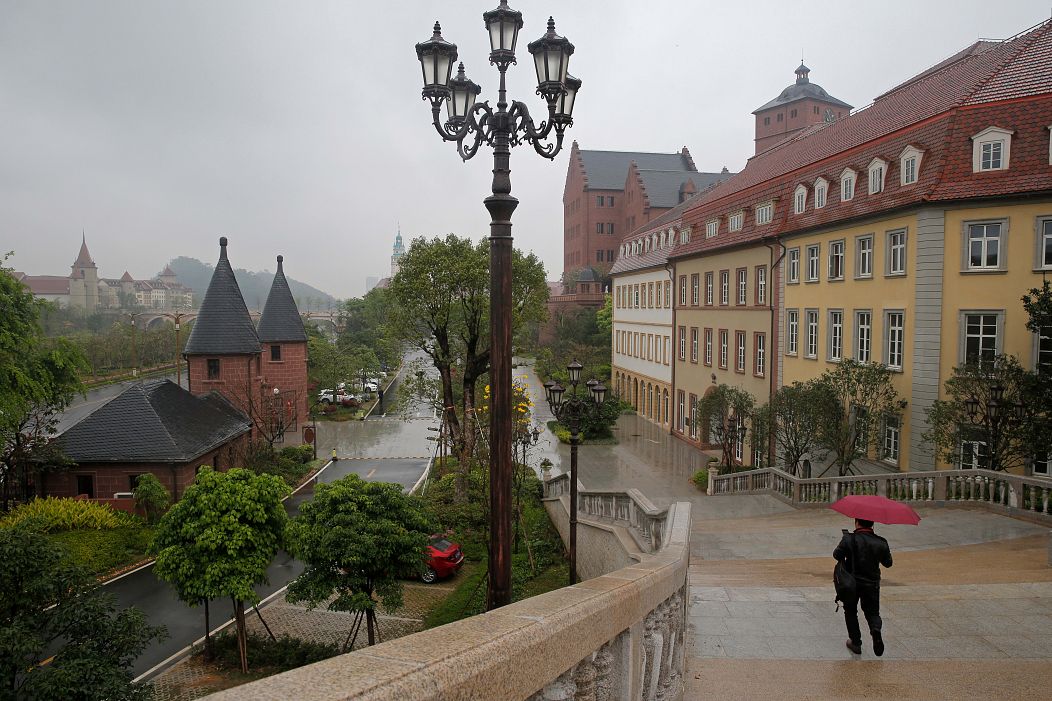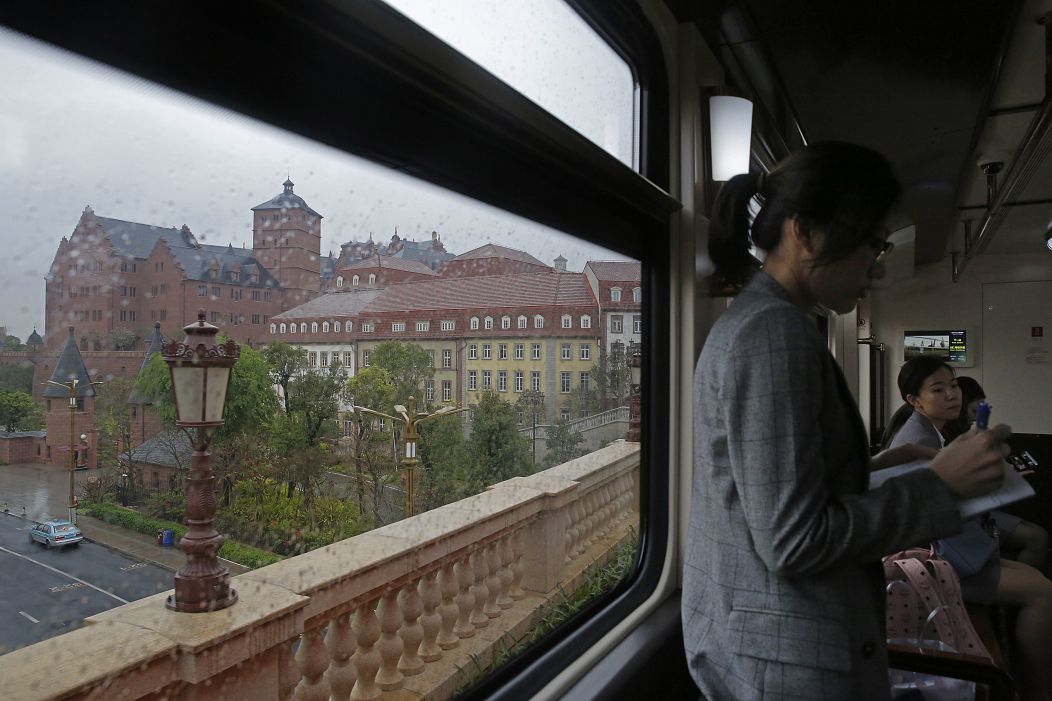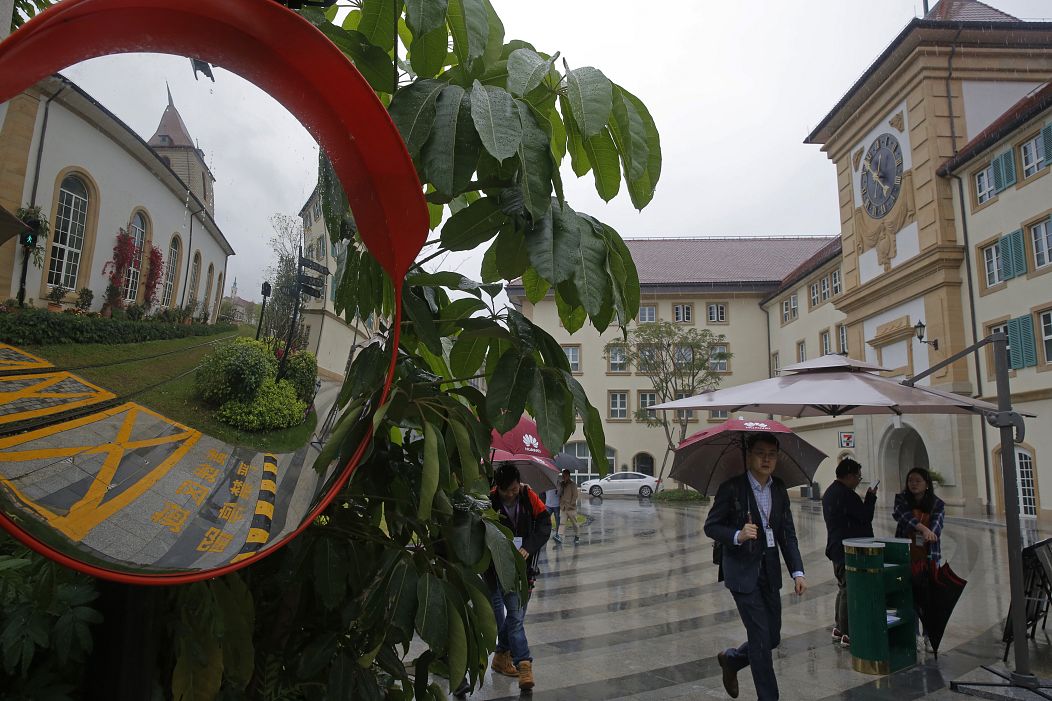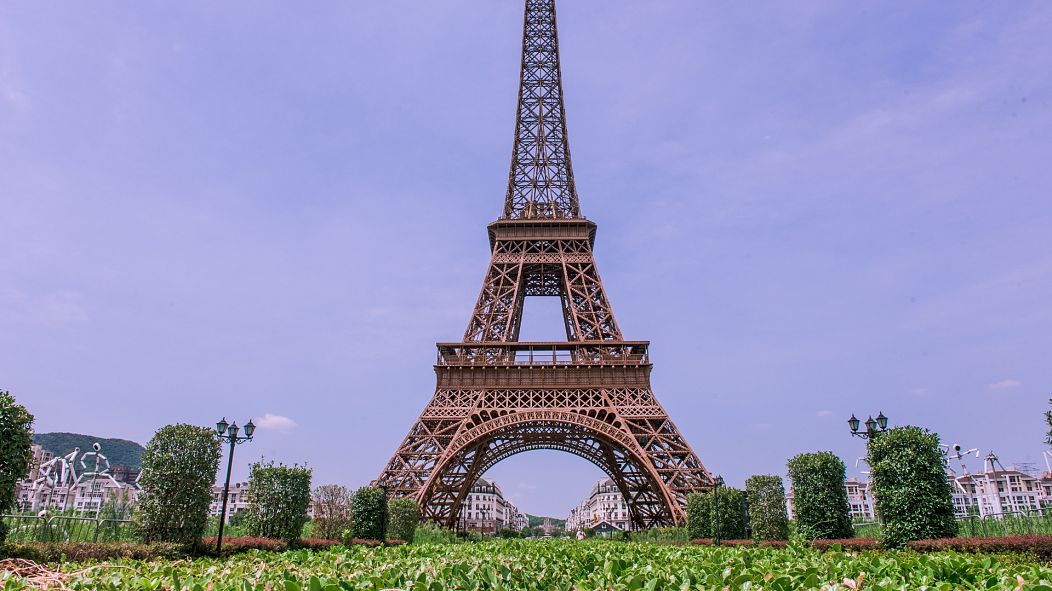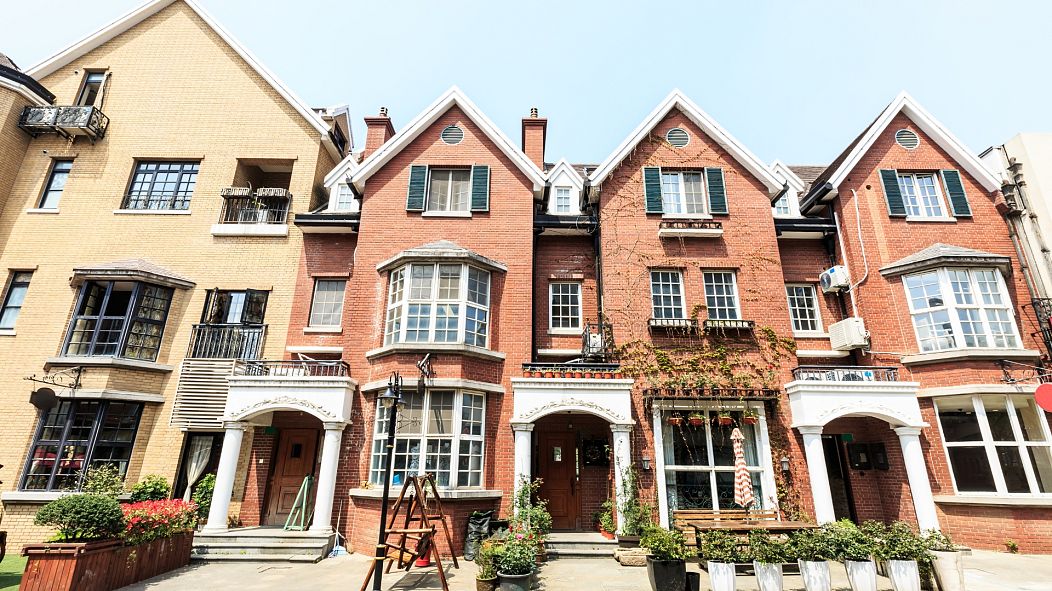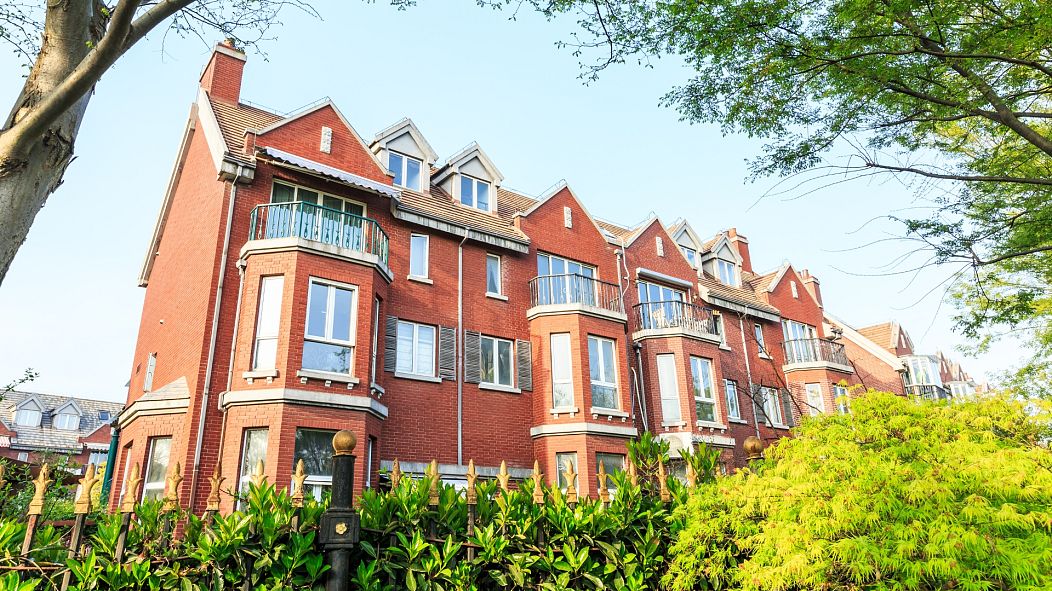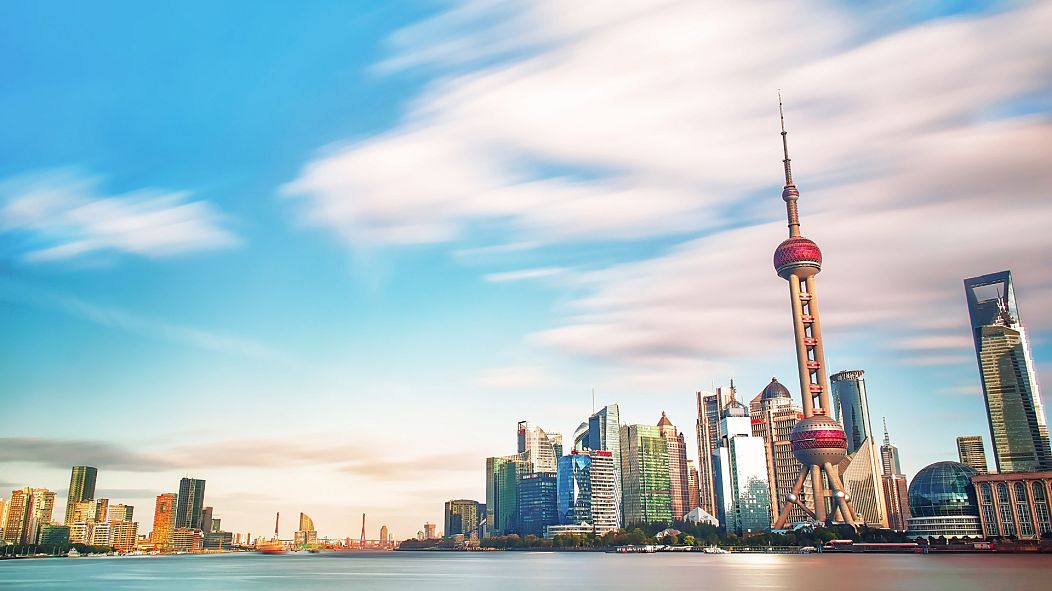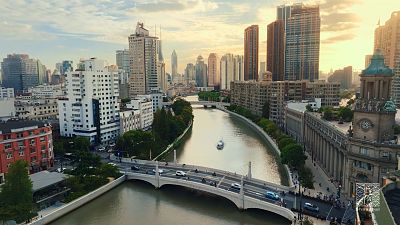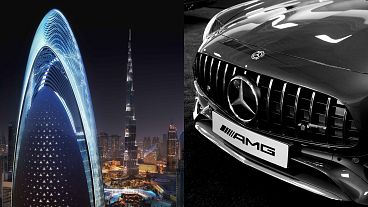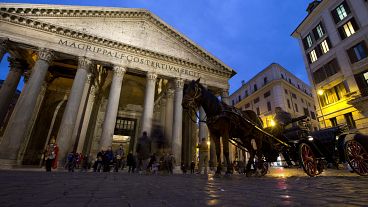In Pictures: Huawei's R&D campus and Chinese 'European' villages
Why does China have so many areas designed to look like European destinations? From Paris to Oxford or Bruges, several historic sites have been replicated in a celebration of European architectural culture.
In the far reaches of Dongguan, a city in south-eastern China known for its huge production factories of export goods, is a mini-city perfectly replicating historic sites from around Europe.
The area is called the Ox Horn Campus and is owned by Huawei, the Chinese tech company, and was completed in 2019 at a cost of $1.5 billion. It houses Huawei’s main research and development offices, but it looks far from a typical R&D headquarters.
To get around Ox Horn Campus, you have to take a bright orange train. It's not open to the public, but anyone who has the chance to jump on one of these trains will see an interesting selection of sites.
The first is an incredible interpretation of Heidelberg Castle in Germany. Set among the Windermere section of forest and lakes, named after England's largest lake, it is a huge sprawling creation.
The real 13th century Heidelberg Castle has been in ruins since the 18th century. But Huawei workers can even go through a replica of the city's Old Bridge on their way to... research and develop, I guess.
It's not the only surprise. The eight km track of the train will take you past over 100 buildings. Including a replication of a European historic village.
And there's a replica of the Berntor tower in Murten, a famous landmark in Switzerland and part of Ox Horn's section inspired by Fribourg.
It's not the only place in China that resembles Europe though.
Europe in China
One of the first developments in China was Tianducheng, a housing estate near Hangzhou in Zhejiang, province.
Tianducheng was built in 2007 to look like a replica of Paris. Although it was originally reported as ghost town, the population was reported as 30,000 people in 2017.
The area has been visited by countless travel influencers, but the best way to appreciate Tianducheng is via the music video for Jamie xx's song 'Gosh'.
Directed by Romain Gavras, it's a fantastic song and a great insight into the sparse Chinese take on Paris.
There's also a version of a traditional English village not far from Tianducheng. Thames Town is around 30 km from Shanghai is a well-used location for wedding photos.
It's also a ghost town. But it's not the only one. There are also projects to recreate the Austrian town of Hallstatt, the US mountain valley Jackson Hole and even a mini-Venice.
So, why do so many Chinese architects, or the people commissioning them, build such huge displays of affection for European heritage?
It's hardly as if China doesn't have its own storied heritage of distinctive architecture that contemporary designers have repurposed into modern structures. Examples such as the Pearl Tower and China Art Museum in Shanghai show how well traditional design features can fit into contemporary architecture.
There's no clear answer to explain these examples of Europhilia in modern Chinese architecture. Perhaps it comes down to colonial roots? Large areas of China, such as Qingdao, Shanghai and Hong Kong were once ruled by European empires.
Maybe it's simply a desire for variety? There are a lot more generic contemporary apartment blocks than Euro-styled R&D developments.
Or perhaps it's just the whim of a few designers that doesn't reflect the interest of actual Chinese people all that much? After all, many of these spots are barely inhabited by the public.
